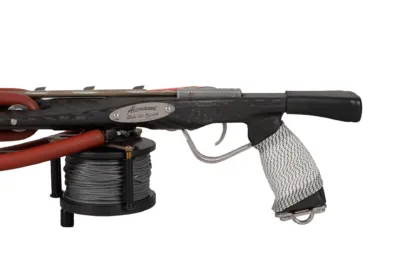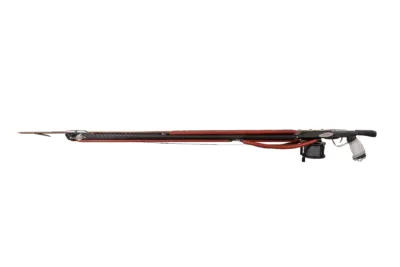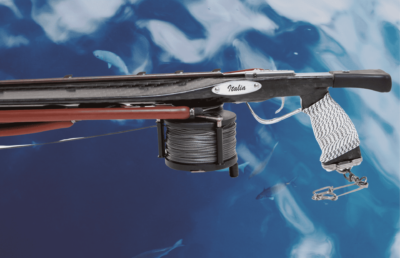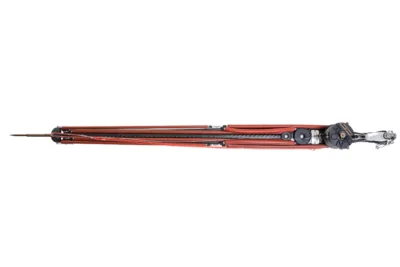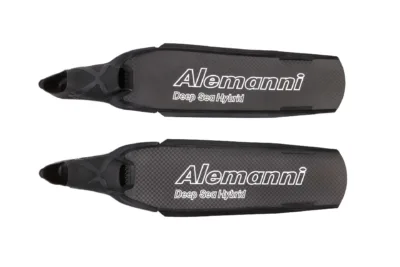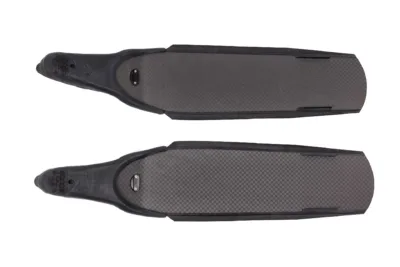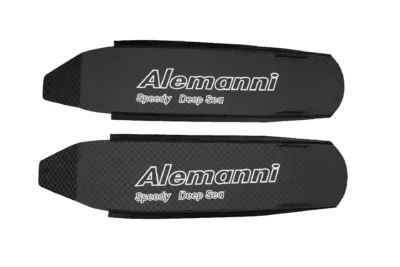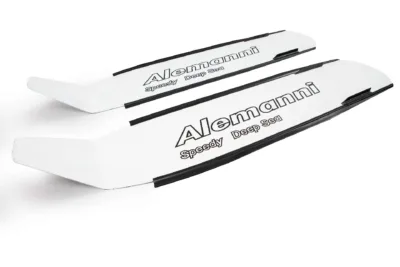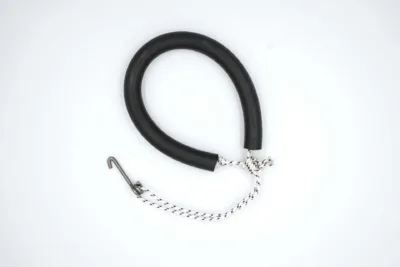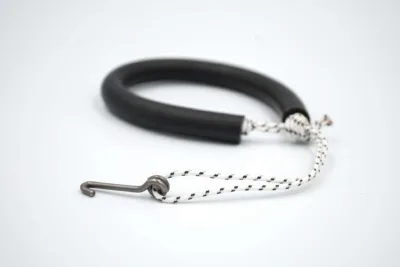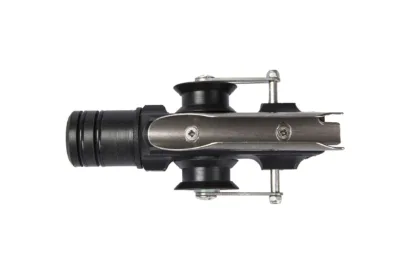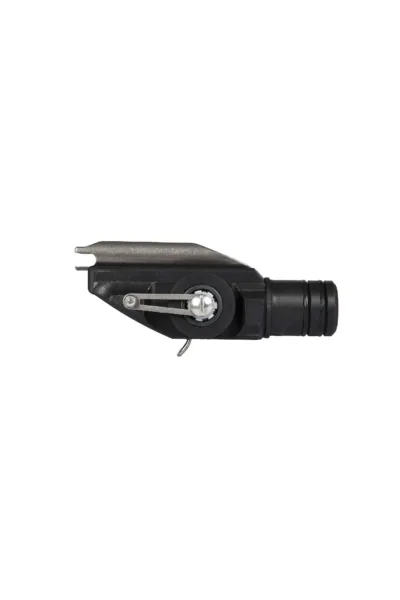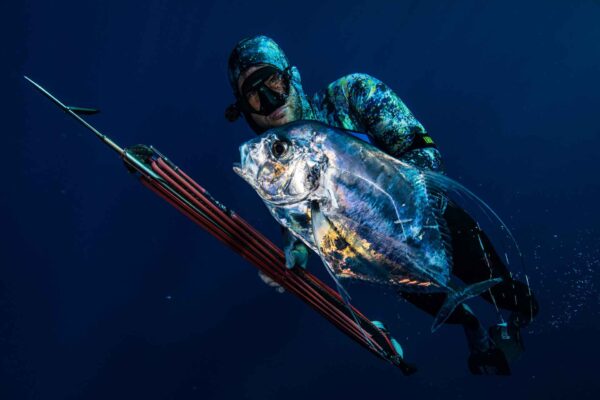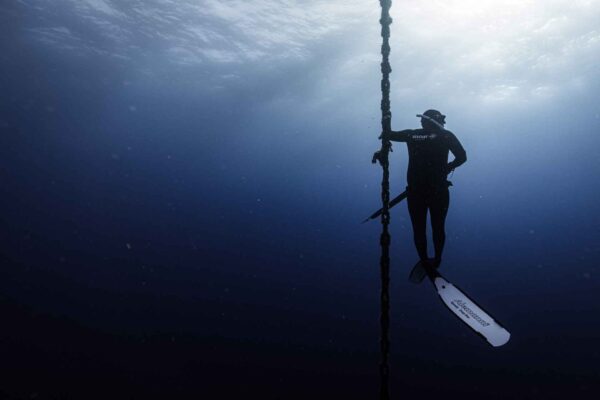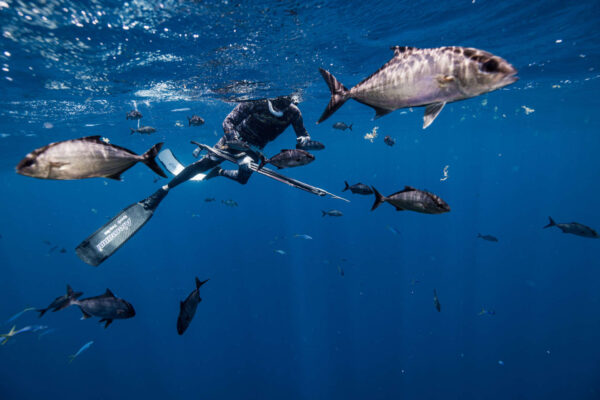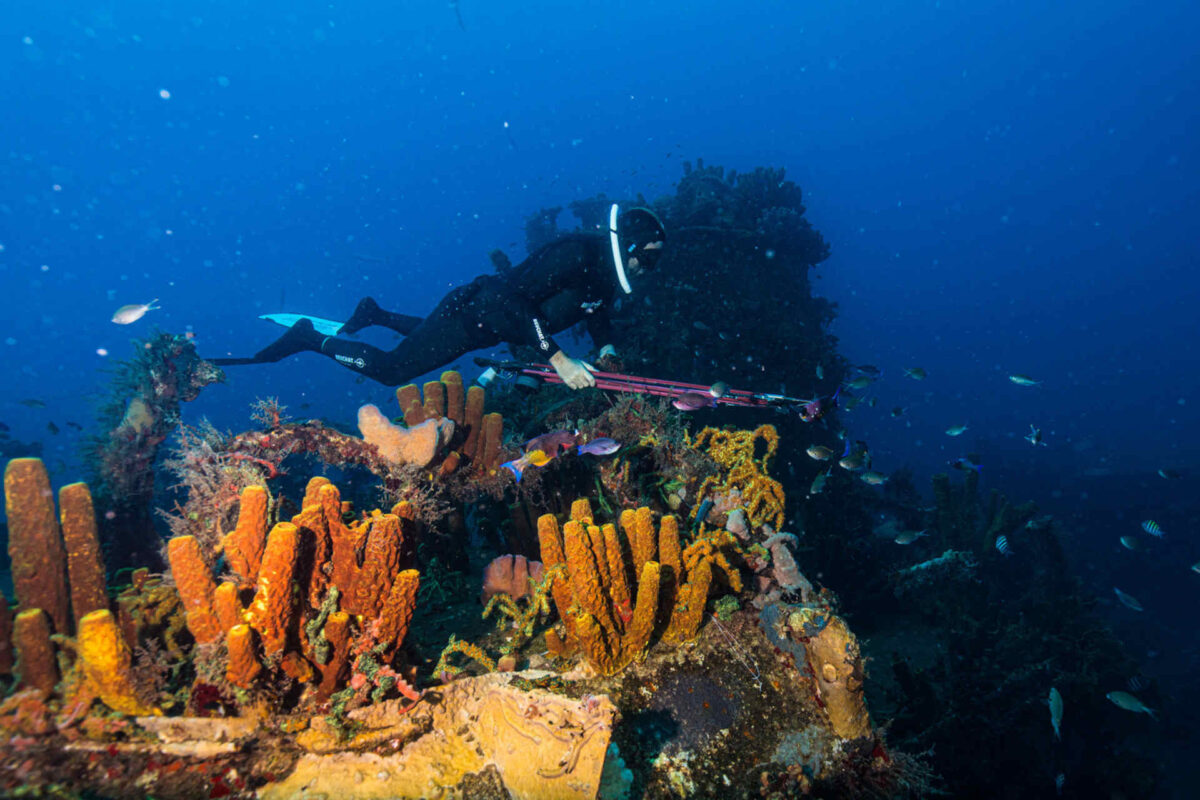Underwater fishing techniques
The wonders of the deep seas: extreme underwater fishing
The wonders of the deep seas: extreme underwater fishing
Typing "extreme underwater fishing” on YouTube you find yourself in front of videos of epic adventures, with expeditions bordering on madness that go up to 70 meters deep, with images of clear waters, enormous fish and very long spearguns. These exceptional feats, the result of the creativity and passion of uncommon athletes, are in reality the product of years of training and experience, and are to all intents and purposes part of the practice of extreme sports.
La deep sea spearfishing it is a discipline as fascinating as it is dangerous, which puts even the most expert freediver in a position to challenge his own physical and mental limitations: losing control of the situation when you are immersed 40 or 50 meters underwater means having no margin for recovery, this is something experienced divers know very well. As always happens when dealing with the sea, the greatest dangers derive precisely from inexperience and lack of experience awareness.
Spearfishing in the deep seas: where to start
When you first approach the extreme underwater fishing, perhaps thanks to the exciting video report of an expedition to 70 meters of depth, it is inevitable to suffer the exceptional charm of great adventures in deep waters. The fish are huge and less savvy than those found below the coast, but when you go deep, catches are not everything.
Being immersed in the deep sea is an experience for a few, which requires the maximum of psycho-physical preparation and a great awareness, especially when it comes to face your limitations head-on. Even the champions who come to fish a 70 meters of depth are very clear on the subject: before challenging the deep waters, it is absolutely necessary to have all the cards in hand to be able mitigate risks connected to extreme underwater fishing.
Needless to say, to address a joke of underwater fishing over 30 meters of depth it is necessary to have a very in-depth knowledge of freediving technique, and with this also of their own physical and mental limitations. At certain depths it is not necessary to experience totalizing forms of panic for the dive to transform into a fatal risk: as experts recall, the greater the depth the greater the dangers. This must always be kept in mind, even when faced with a 10 kilo snapper within spearfishing range.
The fundamental rules of extreme underwater fishing
Once you have considered the risks and dangers of the undertaking, and carefully assessed your ability to freedive, you can think about venturing into discovery of deep waters and the prey that can settle there.
Like any extreme sport, deep-sea spearfishing has its challenges unavoidable rules:
- dive only when sea conditions they allow it;
- never enter the water without a partner;
- test your own descent technique;
- respect i recovery times;
- know how to recognize your own limits.
The first thing to know when approaching scuba fishing in the deep seas is that respecting the dive programs is not always possible: if the currents or l 'water becomes cloudy, the joke skips. There is little to discuss: “These types of dives are not done in poor visibility conditions: I want my dive buddy to be able to see me and follow my float”, recalls the legend of the deep seas Brandon Hendrickson, "if you can't see me at 18 metres, then I'm not going to take the risk to do that dive".
As for the descent technique, you need to consider the idea of descending without finning too much, however save as much oxygen as possible: many champions let themselves fall to the bottom without swimming, making the most of the free fall phase that occurs beyond 35-40 meters of depth.
A strict rule, if you plan to dive in deep water (with or without a speargun) is to respect the recovery times. As Hendrickson explains, “my breaths are no less than double the duration of each dive and very often they are three or four times longer. If I have to do a two and a half or three minute dive, generally, I try to do about eight minutes of breathing between dives”. This is necessary not only for safety reasons, but also for more effective diving.
Deep seas: prey and equipment
La size of the fish it is not proportional to the depth: if it is true that deep-sea groupers are larger, this this does not apply to the rest of the fish. After all, everyone sooner or later has to go through the shoal, to feed or hunt, no matter how stout they are. When they are in depth, not expecting the presence of the fisherman, the fish let themselves settle more easily, and it is true that if you aim to groupers, snappers and large croakers you will have to target depths of at least 10-20 meters. The reasons for venturing beyond these depths, on the other hand, often have little or nothing to do with the game bag.
as to technique, underwater fishing in the deep seas is carried out almost exclusively using the techniques of falling, looking and burrowing (for the more experienced): deep ambush fishing is generally not recommended as it is very expensive in terms of oxygen.
If you want fish over 20 meters deep, you will need a long and powerful speargun (with reel if you are thinking of settling large pelagics or predators), but not necessarily an 8 meter range beast. The ideal would be to rely on a right compromise between power and maneuverability: being in deep water with a speargun that is difficult to swing and load could in fact be more frustrating than a missed shot.


